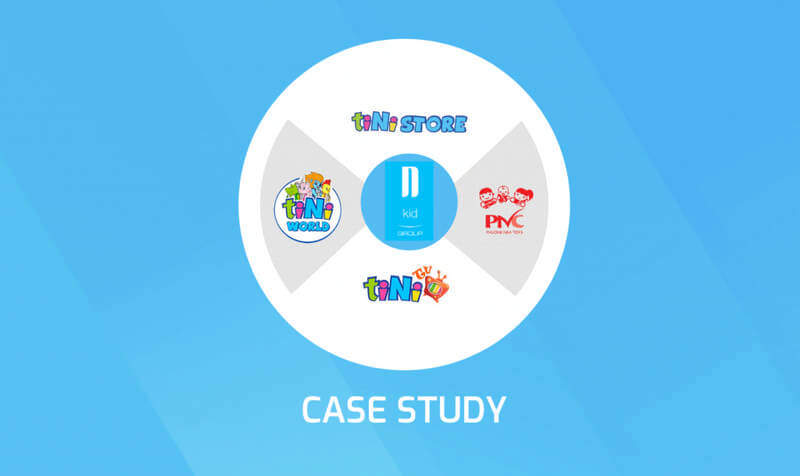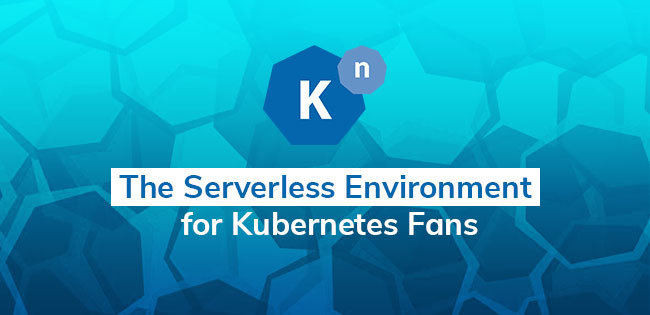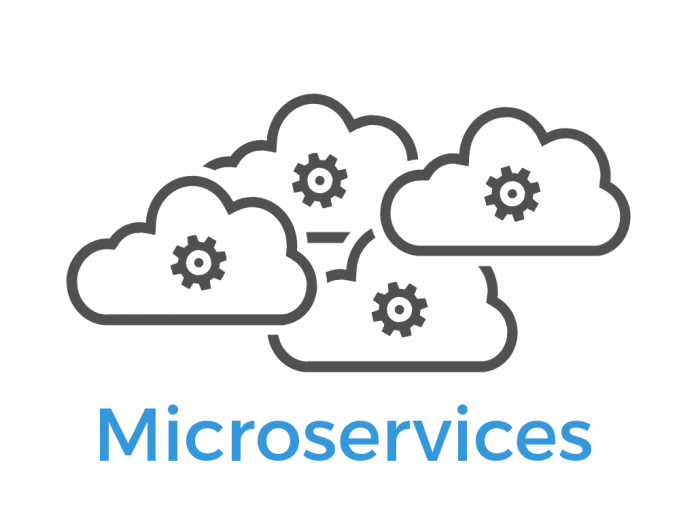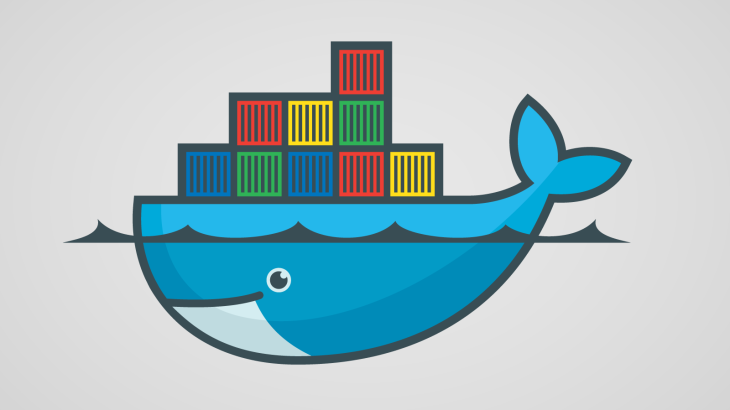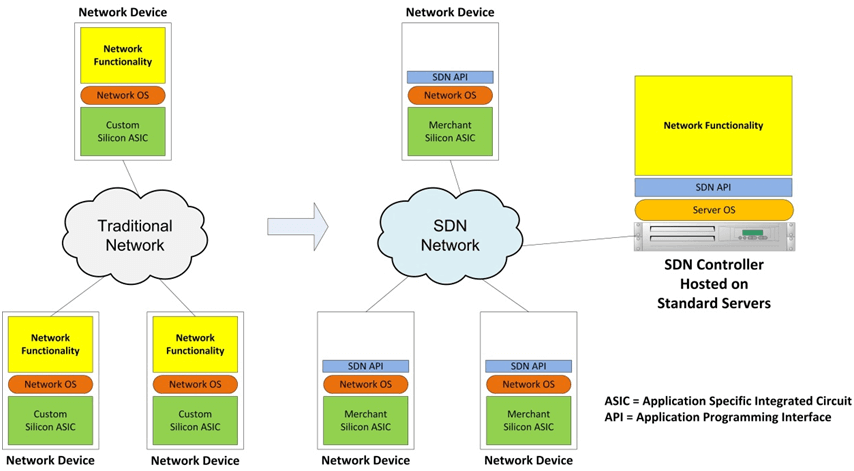Case study Nkid’s journey to the cloud
ABOUT NKID Nkid Group is a pioneer and market leader in kids’ edutainment platform. Over the past 5 years, Nkid Group has “Delivered Smiles” to over 5 millions kids and families. With more than 44 TiniWorld Centers, 35 TiNiStore shops as well as 2079 retail shops serving 8 million customers all over Vietnam. The …


